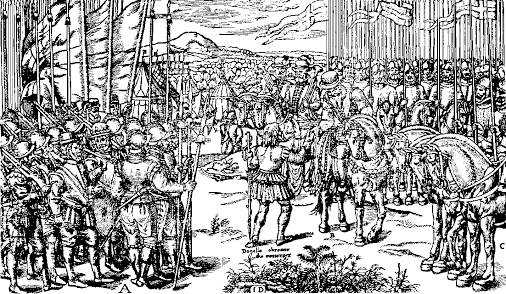Germaine Tailleferre's Sonata for Harp
This March, the Daily Classical Music Post will introduce you to some of the most wonderful music ever composed—and, yes, it will all be by women composers!
Germaine Tailleferre (1892–1983) was the only female member of Les Six, the group of French composers who joined together in part as a reaction against the musical style of Wagner, Debussy, and Ravel. Jean Cocteau helped to form this avant-garde group: Tailleferre, Georges Auric, Louis Durey, Arthur Honegger, Darius Milhaud, and Francis Poulenc were its members.
Tailleferre wrote several of her most important works in the 1920s, including ballet scores. She wrote a lot of film music in the 1930s. She spent most of World War II in the United States. She returned to France in 1946 and continued to compose until a few weeks before she died.
Her Sonata for Harp was written in 1953, and it is a beautiful, ethereal work. It was composed for and is dedicated to the Spanish harpist Nicanor Zabaleta. James Reel said, "Bobbling along with a vaguely antique air, the Allegretto is an intricately sunny march, as if for toy soldiers. . . . The languorous Lento glides along on a habanera rhythm, a nod to Zabaleta's nationality. . . . Alternating with a little fanfare motif, the jazzy main theme of the sparkling Perpetuum mobile (Allegro gaiement) is a distant cousin of the opening melody of Ravel's Piano Concerto in G major."
My classical music post for today is Germaine Tailleferre's Sonata for Harp.





Comments
Post a Comment